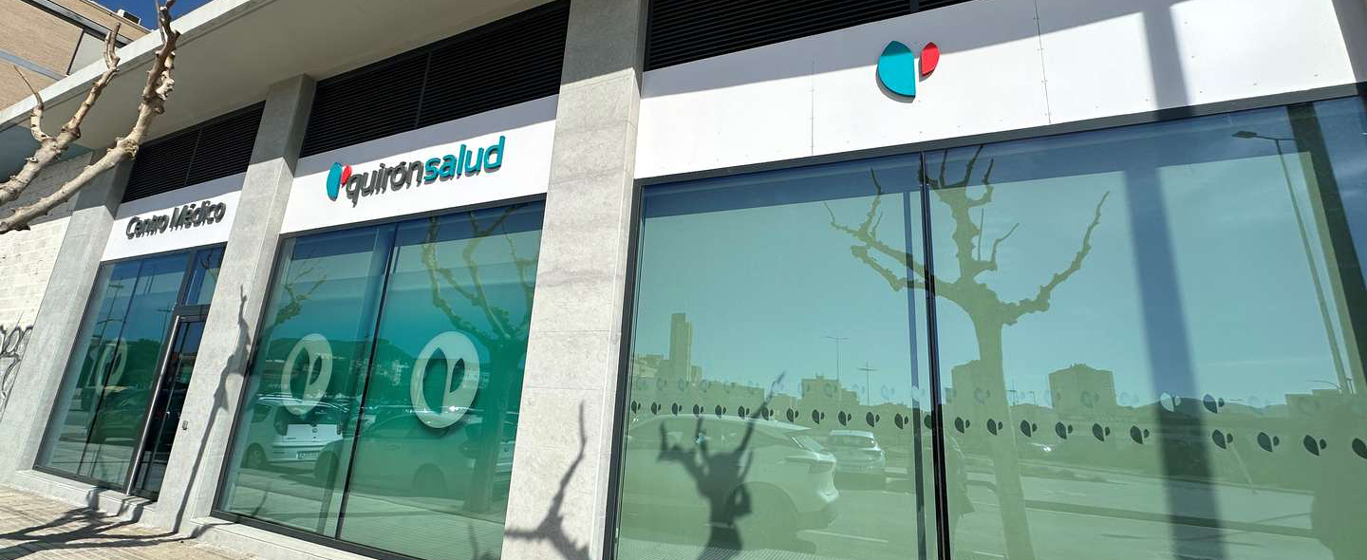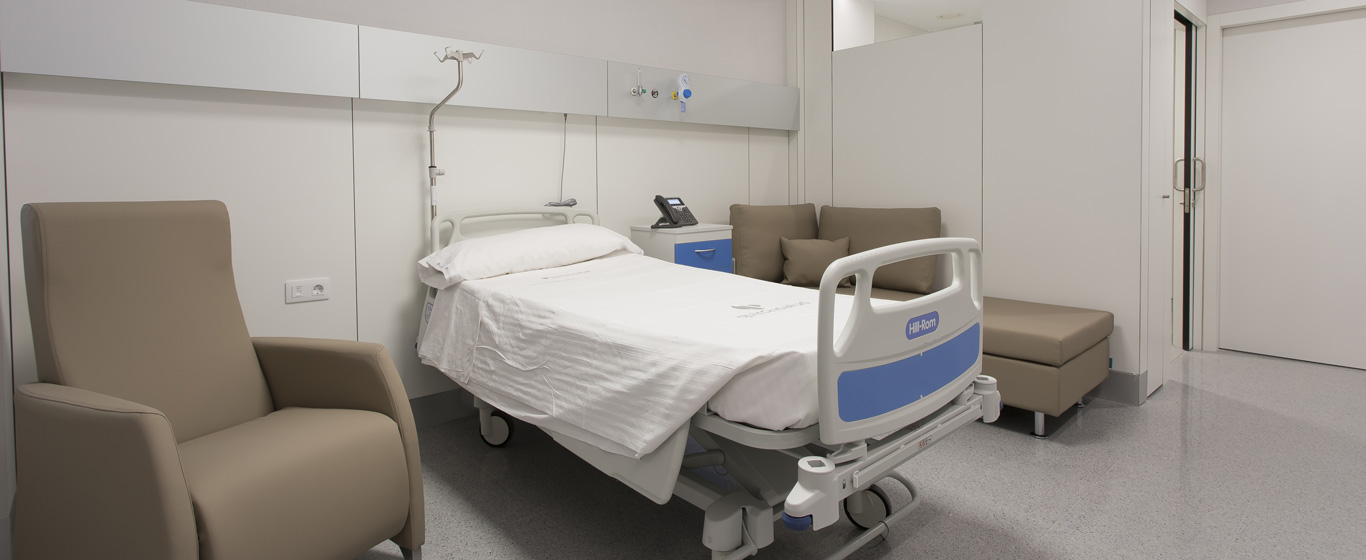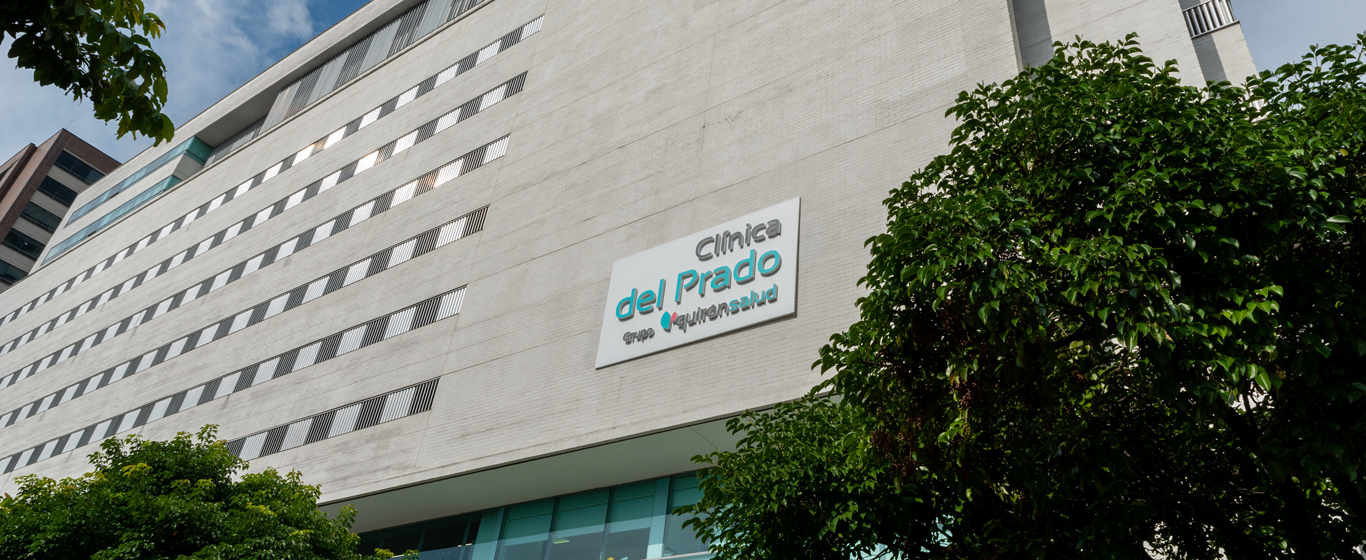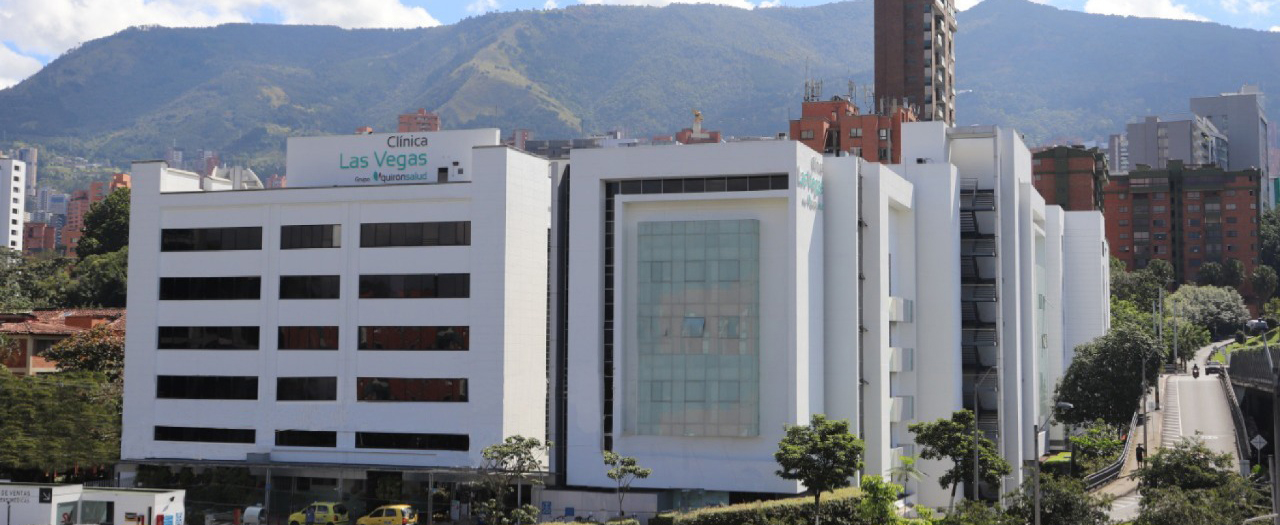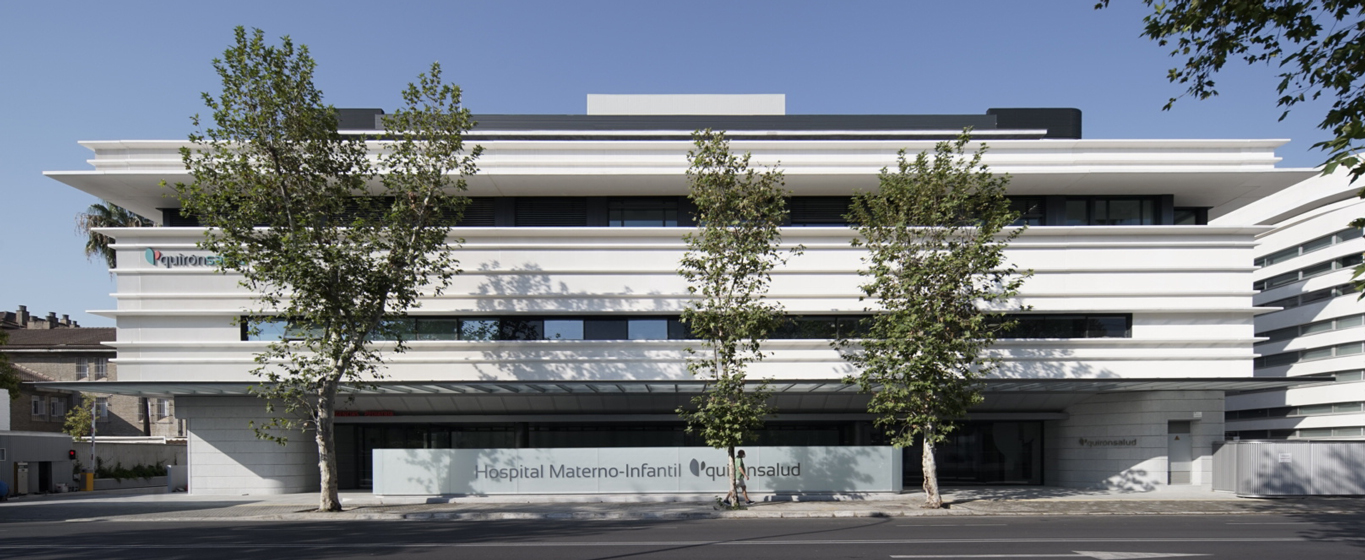Burns
How to treat burns? Everything about symptoms, treatments, and home remedies for different types and degrees.
Symptoms and Causes
Burns are injuries to the skin that cause damage to its various layers. They can be caused by the sun, chemical agents, electricity, or heat, among other factors.
Both the treatment and prognosis vary depending on the severity, which is why burns are classified into degrees:
- First-degree burns: These are superficial injuries affecting only the epidermis, the outermost layer of the skin. Blisters do not form, but they may be painful.
- Second-degree burns: These are partial-thickness burns, meaning both the epidermis and part of the dermis are damaged. They are characterized by pain, swelling, and blisters.
- Third-degree burns: These are full-thickness injuries that damage both the dermis and epidermis and may affect the subcutaneous tissue. Burns with an extent of between five and eight centimeters in diameter, or those affecting the face, hands, feet, genitals, or joints, fall into this category. In these areas, there is a loss of sensation and the skin may appear white or black.
- Fourth-degree burns: These burns extend to the bones, muscles, and tendons.
In addition to medical intervention, especially for third- and fourth-degree burns, immediate treatment is crucial for healing and subsequent skin regeneration. It is essential to know how to act at home for any type of burn:
- Superficial injuries: Apply cold water for about ten minutes to cool the area and cover with cold compresses. Once the temperature returns to normal, gently dry and cover with a dressing. For mild burns, seeing a doctor is usually unnecessary.
- Partial-thickness injuries: Wash with cold water, disinfect the blisters with antiseptic without breaking them, apply burn cream, and place a dressing. If the blisters break, disinfect them and trim off the excess skin.
- Full-thickness injuries: Cool with water without removing clothing and wrap with a slightly damp bandage. In these cases, immediate medical attention is required.
Symptoms
The symptoms of burns vary depending on their severity:
- First-degree burns:
- Red skin
- Pain
- Second-degree burns:
- Red skin
- Swelling
- Blisters
- Pain
- Third-degree burns:
- Charred skin
- Whitish areas
- Slight loss of sensation
- Fourth-degree burns:
- Intense pain
- Charred skin
- No sensation in the affected area
Causes
Burns on the skin can be caused by various factors. The most common types of burns include:
- Sunburns: Caused by excessive and unprotected exposure to ultraviolet rays, which can also come from sun lamps.
- Scalds: Burns from boiling water.
- Hot oil burns.
- Chemical burns: The most dangerous are acids (hydrochloric, sulfuric, hydrofluoric, nitric, selenic, or chromic) and alkalis (sodium hydroxide, calcium oxide, potassium hydroxide, or aminopropanol).
- Electrical burns.
- Friction burns.
Risk Factors
The risk of burns increases for those exposed to any agent that could cause them.
Complications
Burns can lead to complications of varying severity, including:
- Scarring
- Bacterial infections of the skin
- Sepsis (infection that reaches the bloodstream)
- Rhabdomyolysis: muscle breakdown and the presence of muscle cells in the bloodstream
- Hypovolemic shock: the heart's inability to pump enough blood due to fluid loss
Prevention
In many cases, burns cannot be prevented. To reduce the risks, it is recommended to:
- Use sunscreen.
- Place pot and pan handles inward on the stove.
- Never leave kitchen utensils unattended.
- Keep children away from hot liquids and foods.
- Follow safety guidelines for chemical products.
- Avoid smoking in bed.
- Unplug small appliances after use.
- Keep a fire extinguisher at home.
What doctor treats burns?
Burns are treated in the Emergency Department, Dermatology, Plastic, Aesthetic and Reconstructive Surgery, or Rehabilitation units. As burns often affect children, they are also treated in the Pediatric Surgery Unit. The Traffic Unit also receives many burn patients.
Diagnosis
Burns are diagnosed with a visual examination of the affected area. In severe cases, additional tests are conducted:
- Blood tests to detect abnormalities, such as an infection.
- X-rays to observe the condition of muscles and bones.
Treatment
When the injuries are not severe, they can be treated at home. It is usually advised to clean them twice a day with water and soap. Once cleaned and dried, apply the topical treatment prescribed by the doctor:
- Burn creams with antibiotics: For cases with infection.
- Burn ointments with corticosteroids: To promote healing.
In more complicated cases, specialists may use the following treatments:
- Pain-relieving medications to reduce discomfort.
- Oral or intravenous antibiotics.
- Tetanus vaccine, as patients with severe burns are at high risk of contracting the disease.
- Burn debridement: Removal of damaged skin to reach healthy tissue and begin necessary treatments.
- CO2 laser treatment for scars: Reduces volume and increases the flexibility of the skin.
- Burn surgery: Surgical intervention to place healthy skin grafts over the burned area.
- Reconstructive surgery: To restore movement, especially of joints, and improve the appearance of scars.
- Burn physiotherapy: Exercises to increase muscle strength or regain lost functions.
In all cases, it is recommended to increase fluid intake to prevent dehydration. However, third- and fourth-degree burns may require intravenous fluid administration.












